Table of Contents
- Enhancing the Healing Process with Nutrients
- Nutrition for Injury Recovery
- Macronutrients
- Micronutrients
- Developing a Post-Injury Meal Plan
There is a diet for everything today, from losing weight to lowering cholesterol. So, it is not surprising that there is also an injury recovery diet. It is rich in the right kinds of proteins, carbohydrates, fats, vitamins, antioxidants, and minerals known to promote healing. Knowing what to eat after an injury is a crucial factor in a comprehensive recovery plan, as food choices significantly impact processes like tissue repair and inflammation. The following guidelines outline an ideal post-injury meal plan.
Enhancing the Healing Process with Nutrients
Much of the research into vitamins, minerals, and foods that heal injuries has focused on athletes. From this research, a wealth of information has emerged about the benefits of foods rich in antioxidants and various nutrients that function as anti-inflammatory agents. For example, vitamin C may enhance ligament and tendon repair, as well as increase collagen synthesis. The recommendation is more than 45 mg per day of vitamin C to maintain collagen production, or 10-15 grams per day of hydrolyzed collagen, to treat tendon, ligament, and joint injuries.
An injury may involve soft tissue or bone. Foods that aid in healing injuries, combined with supplements for injury recovery, can accelerate the recovery process in several ways.
- Enhance bone, muscle, tissue, and nerve repair
- Speed up wound healing
- Preserve muscle mass during an immobilized recovery period
- Reduce inflammation
- Promote collagen synthesis
- Improve energy metabolism through oxygen transport
- Improve nutrient absorption
Nutrition for Injury Recovery
An injury recovery diet includes foods and supplements that researchers have found support the tissue and bone healing process. There are healing stages, and supplying the proper nutrients at the right time is crucial. The following are examples of nutritional considerations that can be adapted to meet healing needs.
Macronutrients: Protein, Carbohydrates, and Fats
Protein
When people are immobilized due to an injury, anabolic resistance develops, which inhibits muscle building. The amino acid leucine is vital for stimulating muscle protein synthesis. Consuming leucine-rich foods supports muscle growth during recovery. Consuming 20-35 grams of protein that is rich in leucine every three hours until bedtime promotes healing. Good food choices for obtaining protein to support muscle repair include tuna, salmon, chicken, pork chops, and cheeses like Swiss and mozzarella, as well as soybeans and almonds.
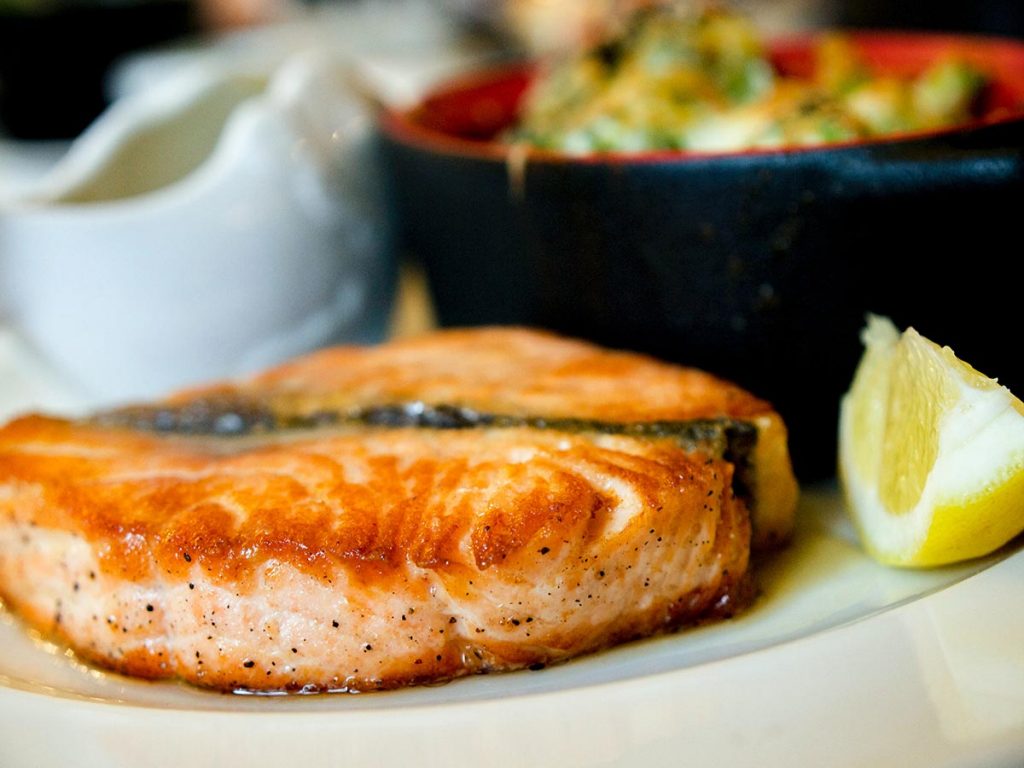
Carbohydrates
Carbohydrates play a dual role in a healing process. One, they are a significant source of energy during injury recovery because they support the hormonal, immunological, and enzymatic processes. Second, carbohydrates help reduce muscle protein breakdown. The injury recovery diet should include complex carbohydrates found in foods such as whole grains, vegetables, fruits, and dairy. Complex carbohydrates are also vitamin and mineral-rich.

Fats
The right fats can help decrease inflammation. Omega-3 fatty acids are anti-inflammatory. However, they also play a crucial role in enhancing anabolic sensitivity to amino acids, which supports muscle protein synthesis. Foods high in omega-3s include omega-3 fish oil, avocado, extra virgin olive oil, oily fish like salmon, and seeds and nuts.
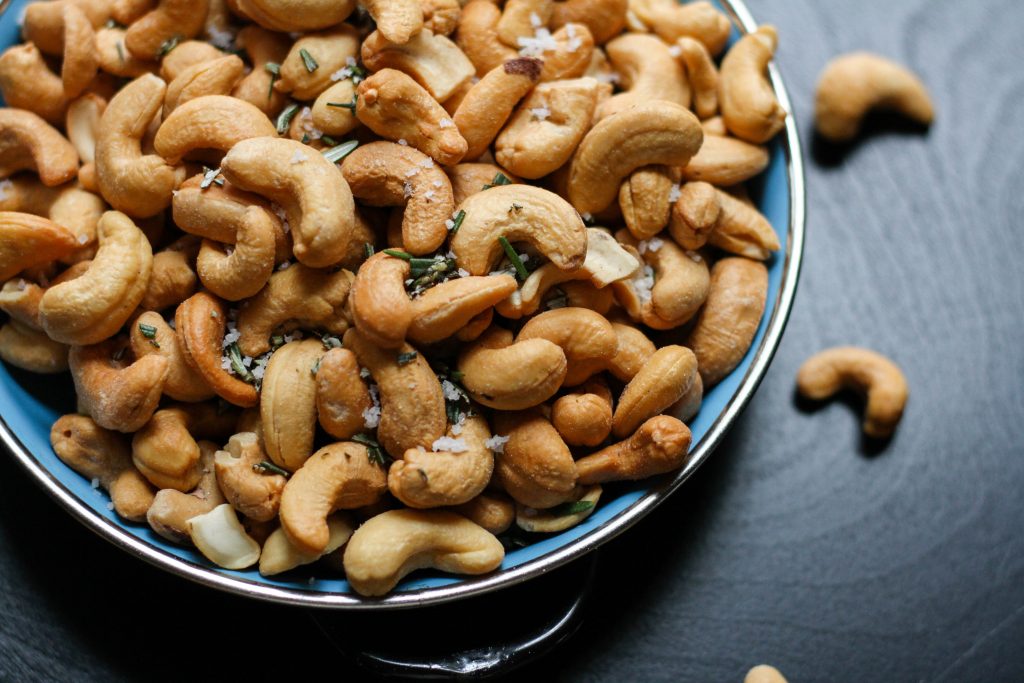
It is vital to limit omega-6 consumption. Omega-6s are often thought to be almost the same as omega-3s, but their different molecular structures lead to other roles in the body. Omega-6s, such as linoleic acid, can enhance inflammation. Food high in omega-6 includes corn oil and sunflower oil, as well as walnuts, almonds, tofu, and eggs. A diet designed to support injury recovery typically has a low omega-6-to-omega-3 ratio.
When selecting fruits and vegetables, prioritize those that are rich in antioxidants.
The high-antioxidant fruits include blueberries, goji berries, blackberries, tart cherries, elderberries, and cranberries. High-antioxidant vegetables include bell peppers, carrots, artichokes, spinach, kale, and other leafy green vegetables.
Micronutrients: Vitamins and Minerals
The best vitamins for healing include the following.
Vitamin A
Vitamin A (retinoids) acts at the cellular level and supports wound healing by supporting its various processes. They include stimulating epithelial growth, fibroblast proliferation, collagen synthesis, and deposition, among other key processes. Foods high in vitamin A include mangoes, cantaloupes, watermelons, apricots, tangerines, carrots, squash, liver, eggs, and dairy products..
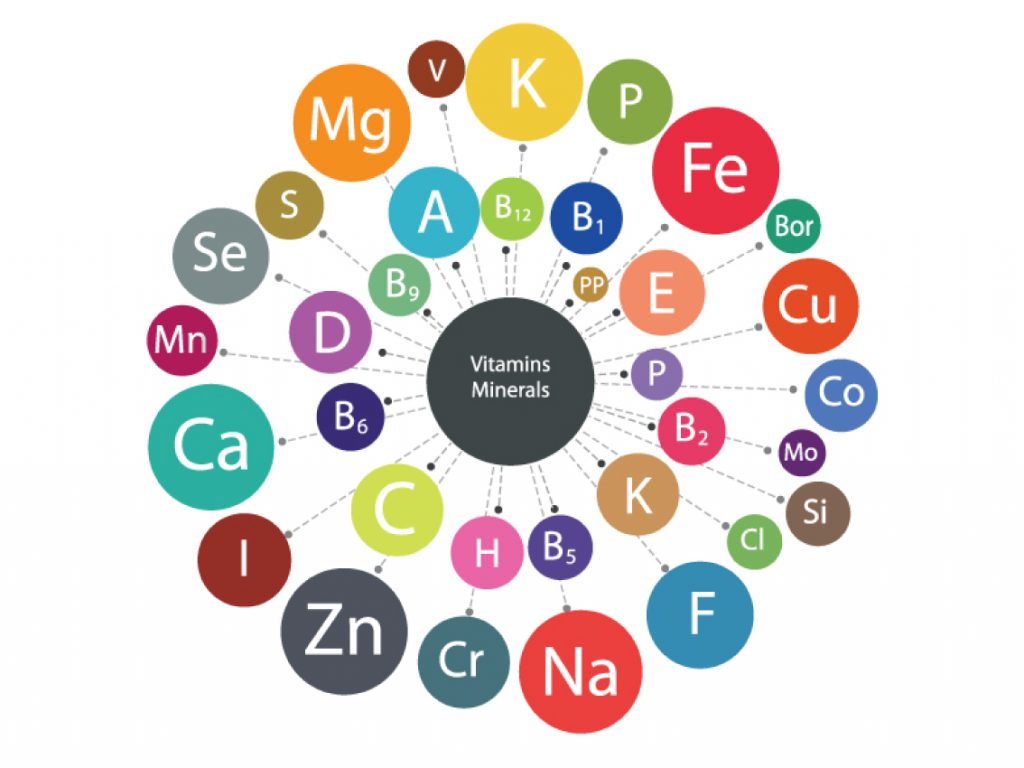
Vitamin C
Vitamin C contributes to tissue repair and tissue regeneration. It is necessary for collagen formation and is essential for creating collagen that stretches without tearing. Vitamin C is also a known antioxidant and protects cells from oxidative stress. Additionally, this powerful vitamin stimulates the growth of cells in the dermis, specifically fibroblasts, which are essential for wound healing. Foods rich in vitamin C include grapefruits, oranges, kiwis, broccoli, peppers, Brussels sprouts, tomatoes, and more.
Vitamin D
Researchers have demonstrated that vitamin D supports immune system regulation and the inflammation process. It plays an active role in regulating skeletal muscle function, the inflammatory response, and protein synthesis. It binds to vitamin D receptors in muscle cells, promoting healing. Vitamin D is in egg yolks, fatty fish, fish liver oils, beef liver, cheese, and fortified foods like breakfast cereals and milk.
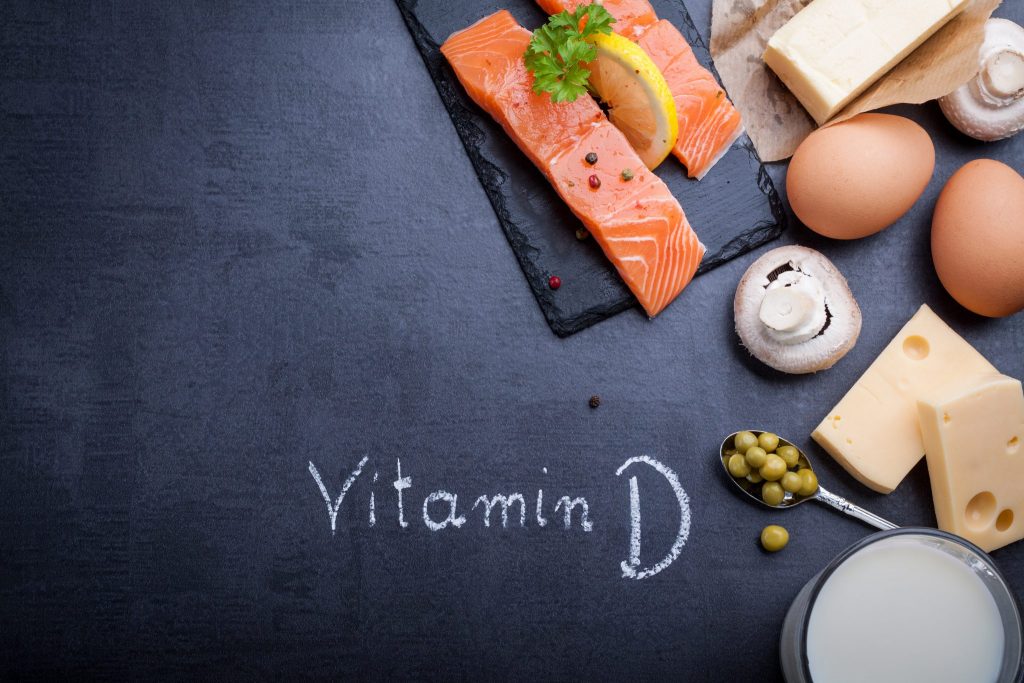
Zinc
Zinc is a powerful mineral with antioxidant properties. It regulates the wound healing process. This includes repairing the membrane, reducing oxidative stress and inflammation, promoting coagulation, building tissue, and forming scars. Zinc-rich foods include red meat, fish, eggs, and dairy.
Magnesium
Magnesium is also essential for injury recovery. Among its many benefits, magnesium plays a crucial role in bone development. It facilitates the transport of potassium ions and calcium across cell membranes, a vital process for maintaining muscle contraction and nerve impulse conduction.
An excellent resource for specific information on all types of supplements is the NIH’s Dietary Supplement Fact Sheets.
Developing a Post-Injury Meal Plan
When developing an injury recovery diet, focus on including foods known to support bone and tissue health while also reducing and managing inflammation. It will include anti-inflammatory foods for recovery, supplements to aid in injury recovery, and foods that promote healing of muscles, tendons, and ligaments. Meal planning will incorporate protein-rich foods and a balanced combination of healthy fats and carbohydrates to ensure a well-rounded diet.
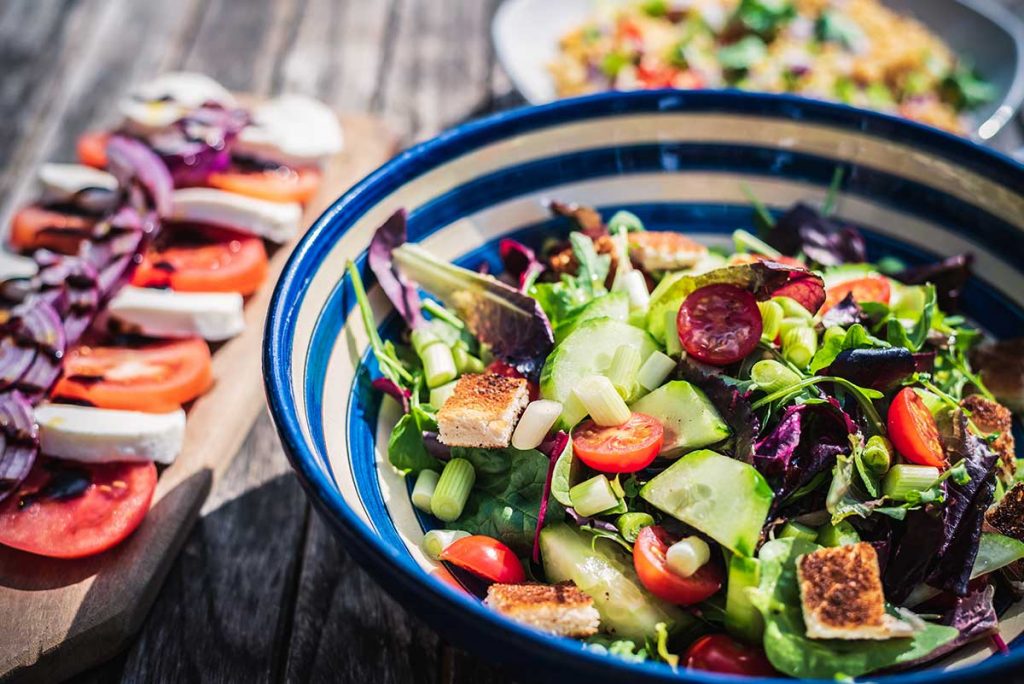
Read the post “Ways to Beat Chronic Inflammation“
There are different ways to consume the food. For example, eating more frequently and smaller meals keeps the body supplied with nutrients. If eating solid foods is difficult due to the injury, nutrient-dense smoothies are a good way to ensure that the proper nutrients are consumed. Staying hydrated is also very important because water serves as the primary means of nutrient transport. Avoid sugar, which is inflammatory. A doctor’s dietitian can develop a personalized diet for injury recovery.
Sources
- https://pmc.ncbi.nlm.nih.gov/articles/PMC8746600/#sec10-nutrients-14-00053
- https://www.nata.org/sites/default/files/nutrition-for-injury-recovery-and-rehabilitation.pdf
- https://pmc.ncbi.nlm.nih.gov/articles/PMC7534941/
- https://pmc.ncbi.nlm.nih.gov/articles/PMC7468744/
- https://pmc.ncbi.nlm.nih.gov/articles/PMC8504498/
- https://pubmed.ncbi.nlm.nih.gov/31697447/
- https://ods.od.nih.gov/factsheets/VitaminA-HealthProfessional/#h3
- https://pmc.ncbi.nlm.nih.gov/articles/PMC9405326/
- https://pmc.ncbi.nlm.nih.gov/articles/PMC8308579/
- https://ods.od.nih.gov/factsheets/VitaminD-HealthProfessional/#h4
- https://pmc.ncbi.nlm.nih.gov/articles/PMC5793244/
- https://ods.od.nih.gov/factsheets/Magnesium-HealthProfessional/#h1
